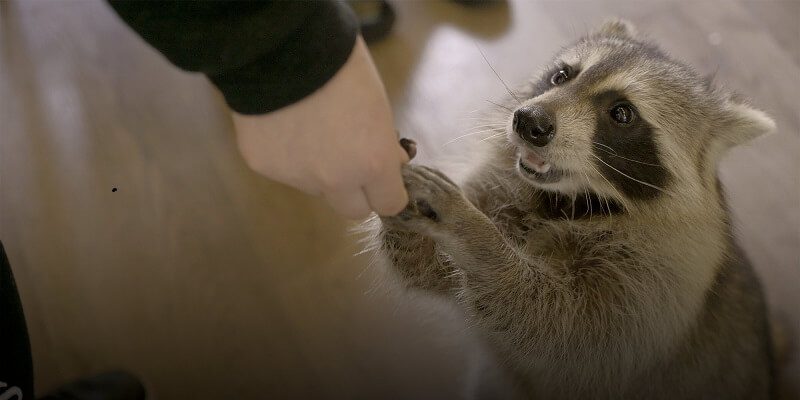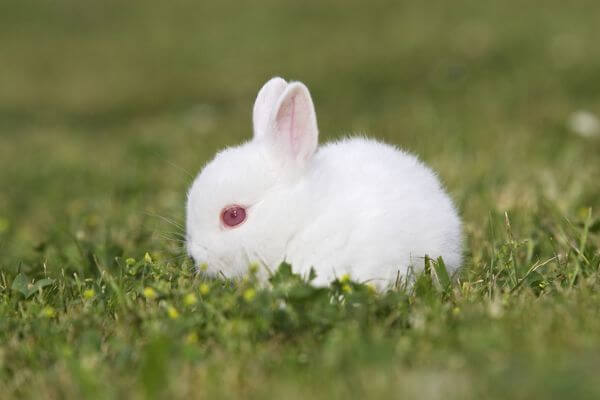Constrictor snakes, members of the taxonomic family Boidae, are a diverse group of snakes. Several varieties are popular as pets and some may be proper for beginner snake owners, but many are not.
These snakes share the common trait of getting their prey by suffocation, but there are significant differences in habitat, natural history, and care requirements. While the terms Boa and python often bring great hunting snakes to mind, this is not the complete picture.
- Names: Python (Python regius), red-tailed Python, or boa constrictor (Boa constrictor imperator or Boa constrictor), the Burmese python (Python Bivittatus), Python reticulatus, and others.
- Size: Between 4.5 m and 6 m long, or more, and weighs about 91 kg when it’s adult.
- Lifetime: Depending on the breed, it can live up to 50 years.
Behavior and temperament of constrictor snakes
There are large and potentially dangerous snakes in this group, but smaller and more docile family members can be attractive pets. Some are quite curious, active, and easy to tame.
Unfortunately, there have been several cases where large pythons have caused serious injuries and even turned out to be lethal to people, both children, and adults. Although this has happened with very large constrictor snakes, these are certainly isolated events. However, risks exist and adequate education and precautions are needed in order to prevent tragic accidents.
Do not buy an unhealthy snake, and if you already have snakes at home, quarantine a newcomer for at least three to six months, and always make sure to wash your hands between handling snakes.
Housing a constrictor snake
A length of 2.5 m is often recognized as a safety threshold. Any snake reaching an adult length of over 2.5 m requires a very safe enclosure, and experts often recommend that two people be present to handle such large snakes. It is a good idea to have a manipulator for each meter of the snake. For example, three people should handle a 3 m snake, and four people are needed for a 4 m snake.
Feeding is a vulnerable time for owners of large snakes and it is recommended that at least one other person be present when feeding the snake, to help, if necessary. Most constrictor snakes eat only once every 10-14 days.
You might also like my articles on:
Other important considerations aside from size include animal needs and species-specific housing. There is a significant variation in care and housing arrangements between different species.
Food and water
The general rule about feeding any snake breed is to avoid giving prey larger than the widest part of the snake’s body. While you should never feed boas or pythons by hand, you should avoid handling them at least one day after eating. There is a good chance of regurgitation if the snake is not given enough time to digest its prey.
Most boas and pythons prefer to hide while eating their prey. Their homes should have hidden boxes for this purpose. You can expect your pet to disappear into a hidden area during the meal and for a day or two after.
If you have space and resources, many experts recommend feeding large snakes in a different enclosure from their home cage. In this way, they tend to associate feeding only with the feeding cage and are less likely to approach a person who enters their home.
How to choose a constrictor snake as a pet
 Burmese pythons are generally gentle snakes, but they are known to grow extremely large and powerful. They are among the most popular breeds kept as pets, but it is important to note that even the Burmese were involved in fatal accidents.
Burmese pythons are generally gentle snakes, but they are known to grow extremely large and powerful. They are among the most popular breeds kept as pets, but it is important to note that even the Burmese were involved in fatal accidents.
The red-tailed boa, commonly known as boa constrictors, are not as large, but are still strong and not recommended for beginners.
Reticulated pythons grow very large and have a reputation for bad temper. They are suitable only for experienced owners. They are the longest snakes in the world and are good swimmers.
Captive-bred snakes are preferable to those caught in the wild because captive-bred snakes are usually milder, less nervous, less stressed, and have fewer diseases. It can also be easier to feed them, especially with corpses as prey.
Tree-dwelling pythons and boas tend to have more stringent housing needs and humidity/environmental control. They can be more of a challenge than terrestrial species.
The best constrictor snake for beginners is the ball-python. Although they are somewhat known for refusing to eat in captivity. Make sure your snake is bred in captivity, and if possible, ask the seller to demonstrate how well it eats. Also, consider the longevity of the snake. A healthy ball python, for example, can be expected to live between 30 and 40 years.
All these snakes are carnivores, and most experts recommend feeding them with lifeless prey. Not only is it easier for the owner, but there is no risk of the snake being bitten or injured by the prey. A mouse or rat can cause significant harm to a snake if given the chance.
Common health problems
Inclusion disease (IBD) is an important aspect of constrictor snakes. This virus is fatal in pythons and boas that show symptoms. It is impossible to say with certainty whether a snake has been exposed, and some snakes are asymptomatic carriers, and it may take several months for the signs to appear.
If a snake shows symptoms of IBD, it may have difficulty in molting, anorexia, constipation, tremors, and loss of movement control. Many snakes with this disease starve to death because they cannot digest any food.
Constrictors, like many other reptiles, are also susceptible to respiratory infections and mouth rot or stomatitis. The mouth rot will manifest as a reddish discoloration around and in the mouth of the animal. A snake with a respiratory infection will breathe with its mouth open or hiss.
All these conditions should be treated by a veterinarian who has experience in reptiles, ideally one with experience in constrictors.
Breeds of constrictor snakes
If you are determined to have a constrictor as a pet, there are a few breeds you should consider, being more suitable for captivity.
- The boa constrictor snake
- Burmese Python




